BEACON BLANKETS MAKE WARM FRIENDS:
CHARLES D. OWEN III (1904-1990)
Moved the world’s largest blanket manufacturer to Swannanoa
“When I was a young boy…if during the play day I felt I wanted a drink of water or a bite to eat I could almost go into any house in the village and get me a drink of water or a jelly biscuit. We was village kids and village kids was part of the Beacon family.”
– Wade Martin
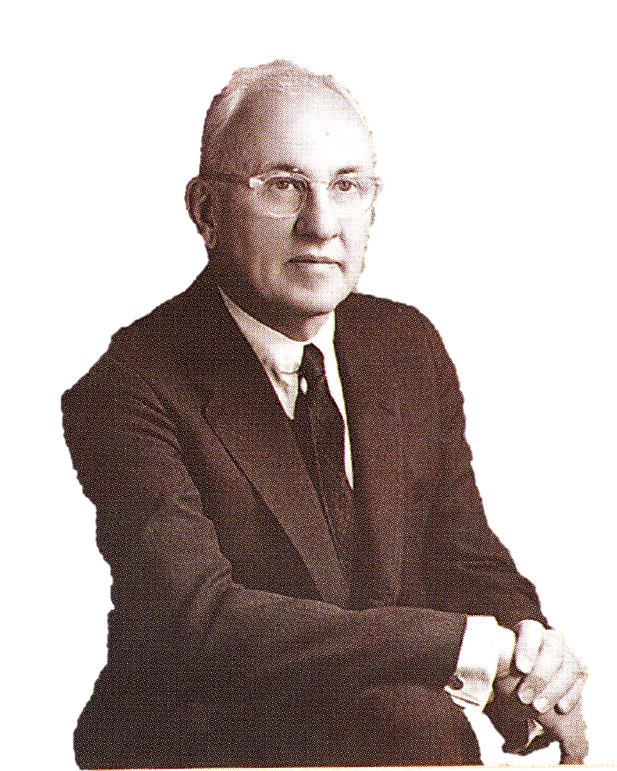
In the midst of the Great Depression, Owen III convinced his father to move all operations of their enormous blanket company from New Bedford, Massachusetts–where striking workers were shuttering textile plants for months at a time–to Swannanoa, North Carolina. Beacon had recently opened a mill in Swannanoa, and Owen III argued that a full move to the South would mean access not only to cheaper raw materials like cotton, water, and electricity, but also to nonunion labor.
Left: Charles D. Owen III, also known as Charles Sr.
By 1936, the entire contents of the New Bedford plant–including bricks from its exterior–had been shipped by train to Swannanoa. At 1 million square feet, the Swannanoa mill was now the largest blanket manufacturer under one roof in the world.
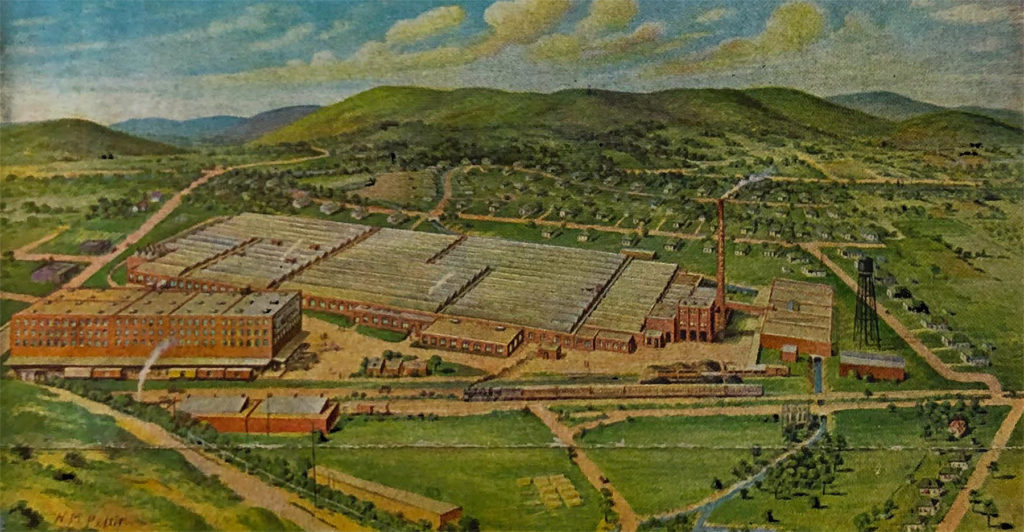
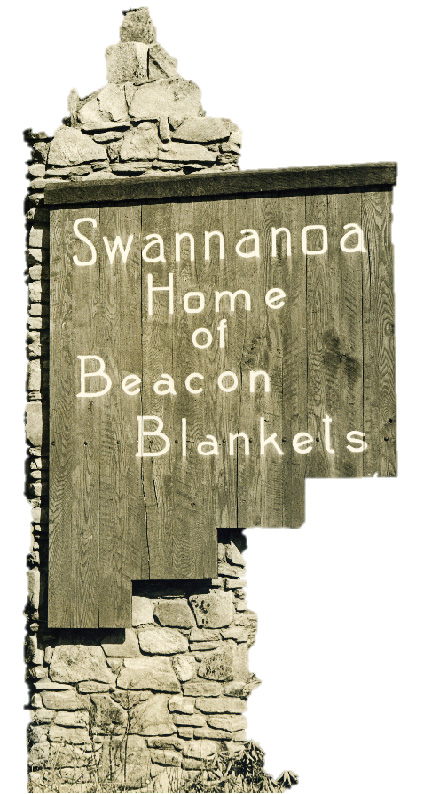
While some workers from the Northeast moved south with the plant, most employees came to the mill from the local community, eager for steady paychecks. At peak production, the mill employed over 2,200 people. The type of job an employee was allowed to perform was dependent upon their gender and race.
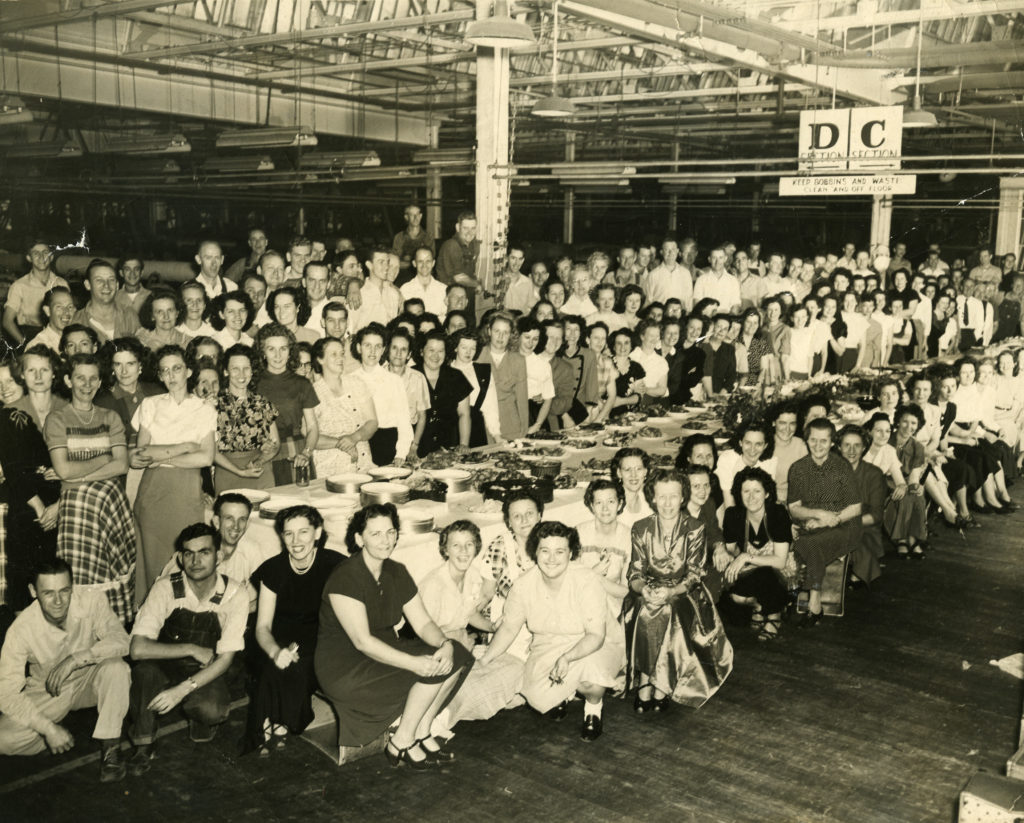
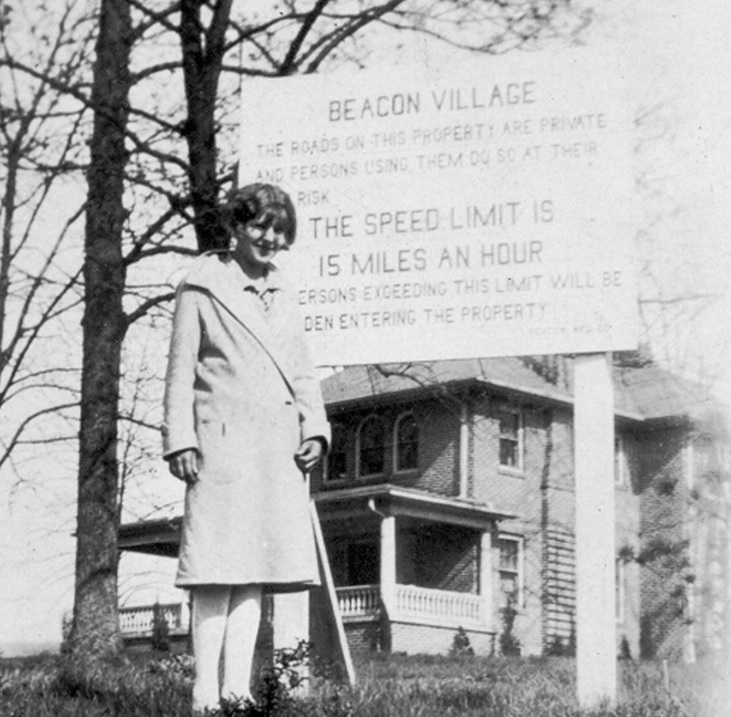
The Owen family involved themselves in almost every aspect of their workers’ lives by providing a number of services–from health care and basic town infrastructure to housing and opportunities for recreation. Providing a variety of services helped to ensure employee loyalty and discourage union organizing. Workers were less likely to quit their jobs (or risk losing them through poor performance) if that meant also losing their housing and sense of community.
Left: Image courtesy of the Pack Memorial Library.
“The Mill controlled everything in Swannanoa from the price of haircuts to the price of groceries. The Mill provided a fire department, maintained the streets, provided water and electricity, and just about every other need you could think of. There was even a grocery store owned by The Mill, called The Home Store, where I tasted my first Coca-Cola.” – Gene Mill, Growing Up in Swannanoa
Sometimes, antiunion sentiment at Beacon was expressed directly. This effigy was placed in the Beacon mill to intimidate AFL-CIO organizers, ca1950.
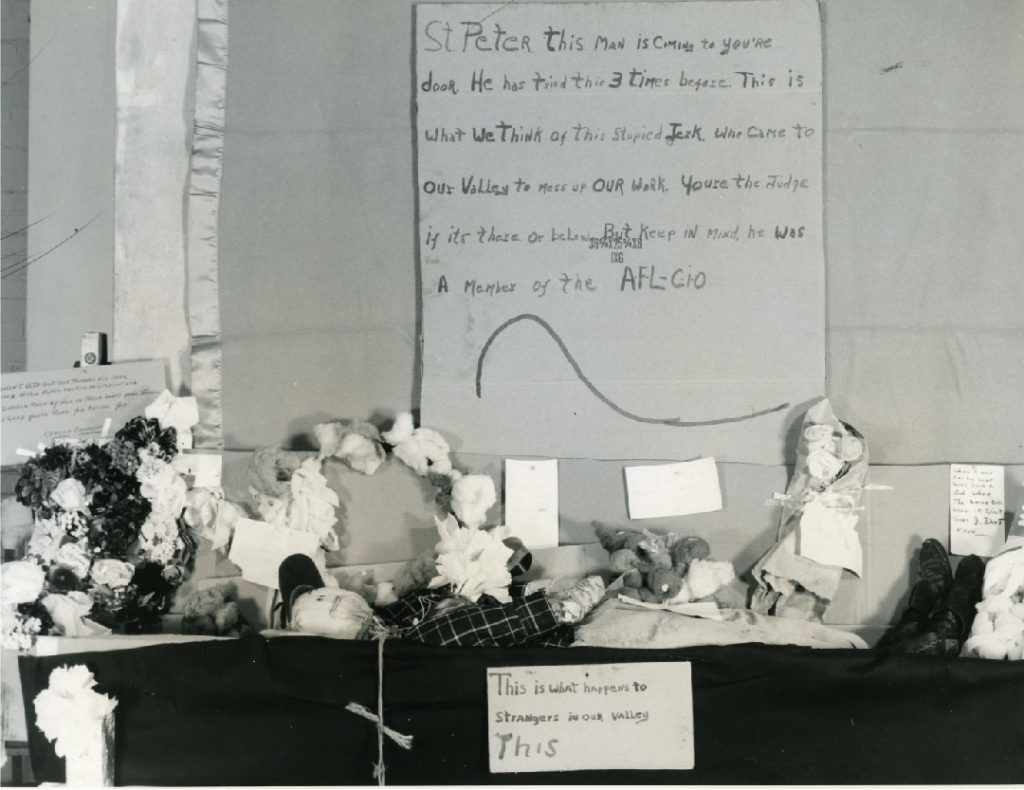
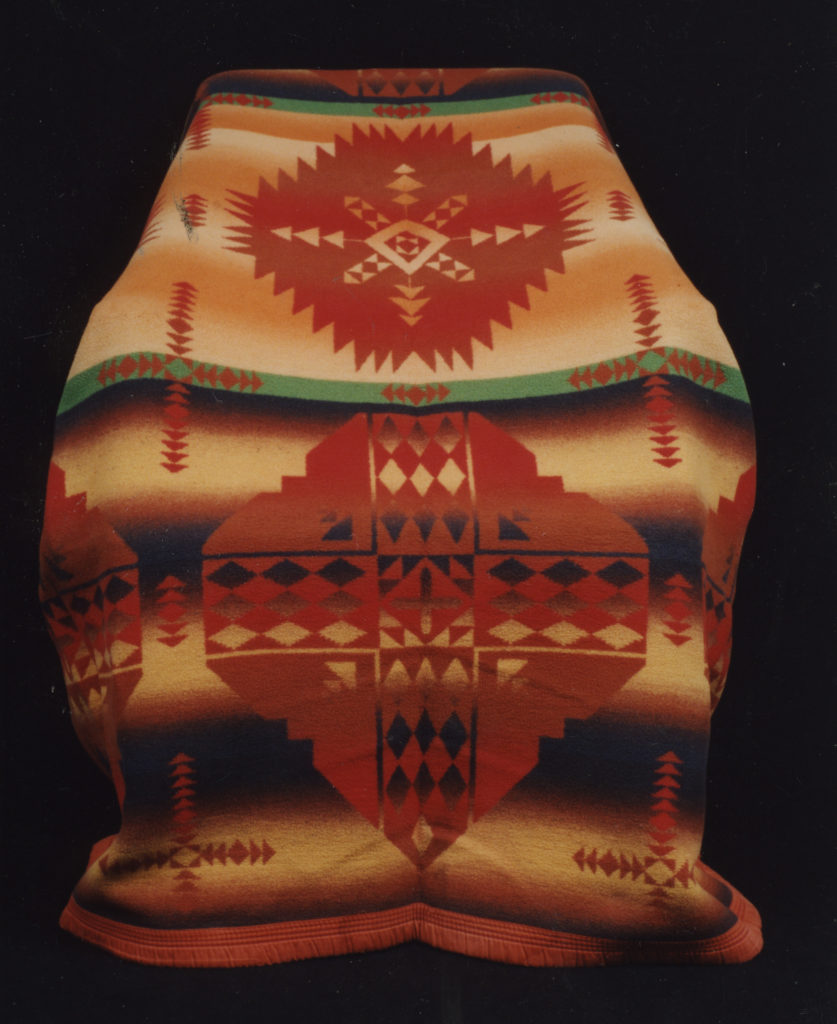
The Beacon mill was unique in the textile world. The entire blanket-making process–from spinning and dyeing yarn to weaving and finishing–was done inside the factory. Beacon became best known for producing colorful, patterned blankets, often woven using the Ombre design process. The Ombre design process added shades of the same color to the blanket pattern, creating vibrant gradients of color.
Right: Beacon was well known for producing “Indian design” blankets that appropriated Western American Indian styles. This blanket demonstrates the vivid ombre design process. Image courtesy of Jerry and Kathy Brownstein.
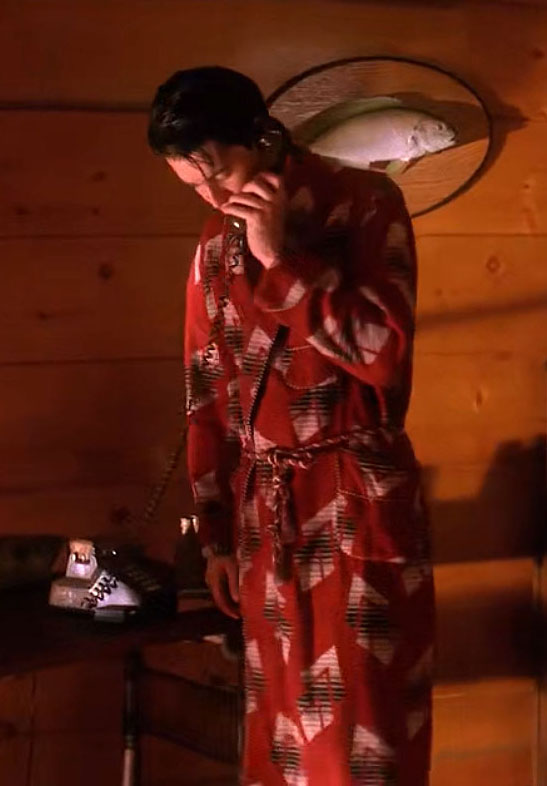
Though better known for its blankets, Beacon’s first product line was a cotton flannel fabric that was sold to other companies to be finished into bathrobes. Robes made of Beacon fabrics can be seen in a number of popular TV shows like The Big Bang Theory, Twin Peaks, and The Andy Griffith Show. Today, many of Beacon’s blankets and robes are collector’s items.
Left: FBI Agent Dale Cooper, played by actor Kyle McLachlan, wearing a Beacon robe on an episode of Twin Peaks, produced by ABC and Showtime.
By the end of the 1960s, the Owens had sold all their Beacon stock. The plant changed hands a number of times until it shut its doors for the last time in 2002. An arsonist set it ablaze in 2003.
Many people who grew up in Swannanoa still fondly remember the ways in which Beacon fostered economic stability and a strong sense of community for the town. On March 30th, 2012, interviewer Kimberly Worthington sat down with Utha Aiken, who had grown up in Swannanoa during Beacon’s heyday. Aiken, who was born in 1936, described the town of Swannanoa, working at Beacon at 16, and employee picnics. Listen to excerpts from the interview here.